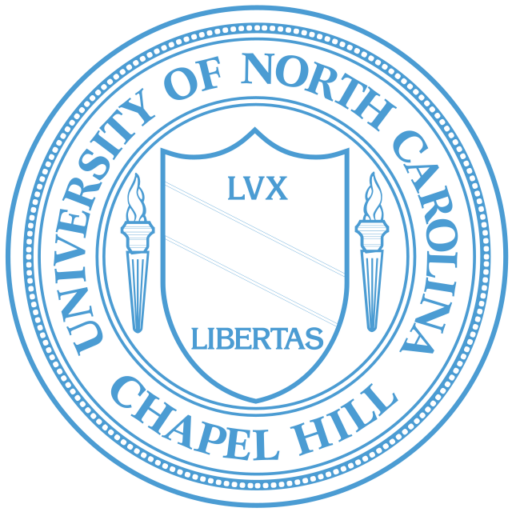Platform Components
- Programming languages: JavaScript, TypeScript
- Front-end technologies: React.js
- Back-end technologies: Node.js, Express.js, MongoDB
- Development tools: GitHub, Jira, VS Code
Documentation
The team considered several alternative platforms and solutions before selecting the MERN stack for Buckner’s website. These were some of the options considered with their pros and cons.
- MERN STACK
- Pros:
- Allows developers to use JavaScript for both client-side and server-side development, making it easier to maintain and update the codebase.
- Provides greater flexibility and customization.
- Lightweight and agile platform for web applications.
- Large and active community of developers, which means that there are plenty of resources, tutorials, and libraries available to support the development process.
- Cons:
- May be more complex to work with, especially for developers who are new to web development or who prefer a more streamlined development process.
- May not provide as much built-in support for features such as testing and validation as the MEAN stack.
- Pros:
- LAMP Stack
- Pros:
- Stable and well-established technology stack with strong support and maintenance from a vast community of users.
- Customizable with numerous modules, libraries, and add-ons available.
- Secure and free, making it a great choice for enterprise apps and prototypes that require a high level of customization along with cost-effectiveness.
- Cons:
- Slower, heavier, and more complex than the MERN stack.
- Requires more configuration and setup.
- Mastery of LAMP requires learning several unrelated languages.
- Pros:
- MEAN Stack
- Pros:
- Built-in support for features such as testing, validation, and routing.
- Robust set of modules and features that can be used to create complex applications quickly.
- Larger community and a more mature set of technologies.
- Cons:
- Angular may not be as easy to learn as React.
- May not provide as much flexibility and customization as the MERN stack.
- Pros:
- Django Stack
- Pros:
- Loved by Python developers and considered easy to learn.
- Delivers good performance.
- Cons:
- May not be the best choice for web applications that require a more lightweight and agile platform.
- May not be as popular as other stacks.
- Pros:
After evaluating each alternative, the team ultimately chose the MERN stack due to the following reasons:
- React.js is a popular and powerful front-end technology that the team is most familiar with.
- Expansive documentation allows the team as developers to develop quickly in a way that will meet Buckner’s needs.
- Node.js and Express.js are widely used and will allow for efficient back-end development.
Client Requirements
There were no specific client requirements that limited or restricted platform component choices.
In conclusion, the MERN stack is the best choice for Buckner’s website development platform. It is a powerful and efficient stack that will allow the team to create a user-friendly and efficient website for Buckner. The team considered several alternatives before making their decision and ultimately chose the MERN stack due to its popularity, flexibility, and scalability.
SOURCES:
- https://enlear.academy/benefits-of-using-mern-stack-7e0c732b5214
- https://aipxperts.com/mern-stack-vs-mean-stack/
- https://www.knowledgehut.com/blog/web-development/mern-stack-vs-mean-stack
- https://www.groovyweb.co/blog/what-is-the-mern-stack-and-why-it-is-the-best-to-fit-for-web-development/
- https://www.valuecoders.com/blog/web-full-stack/full-stack-vs-mean-vs-mern-which-development-stack-should-you-choose/
